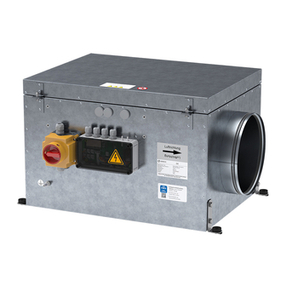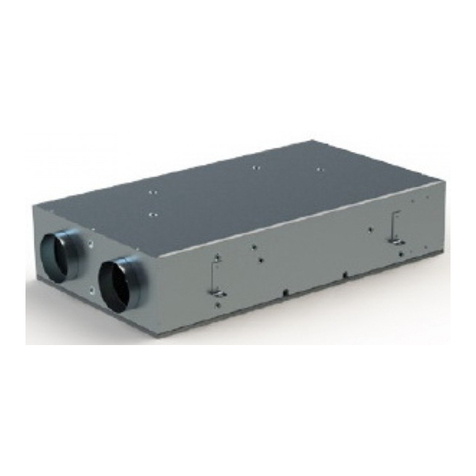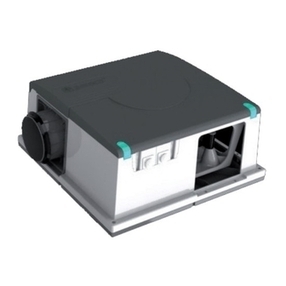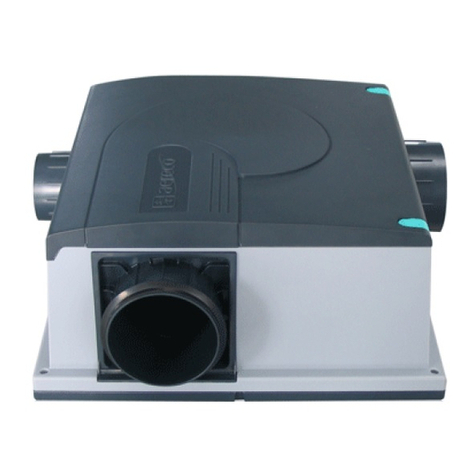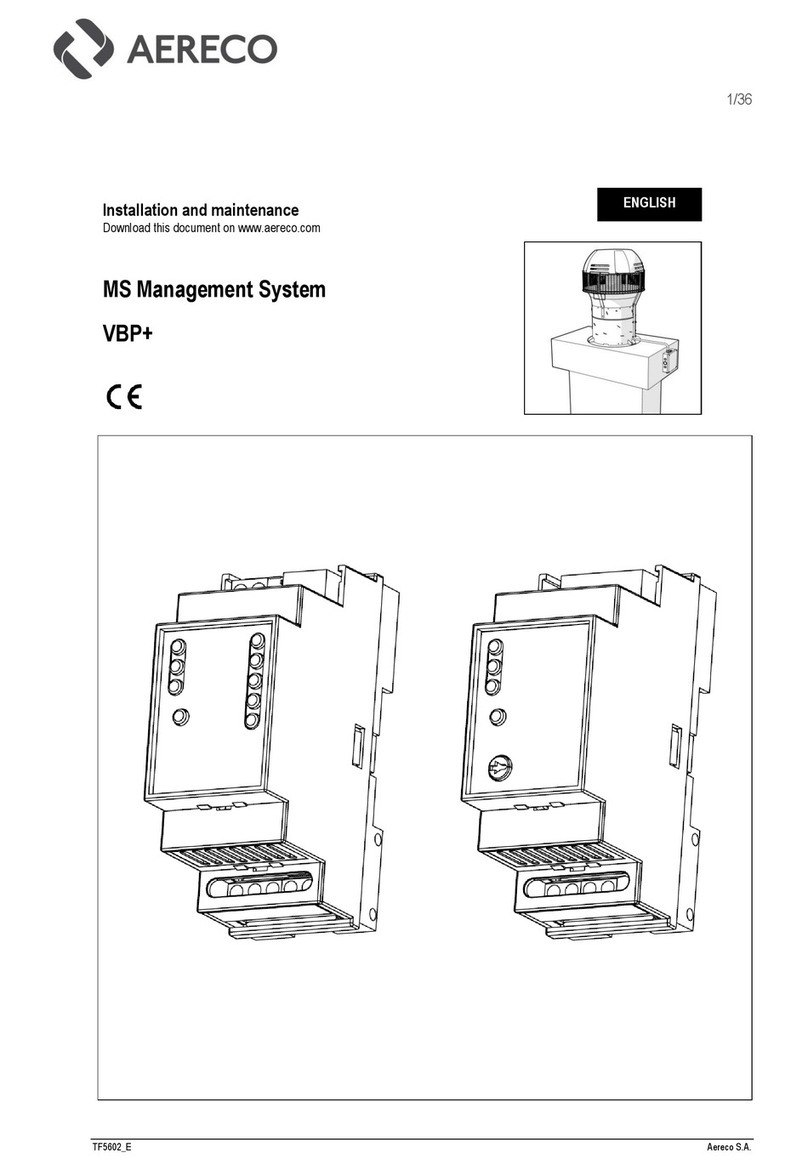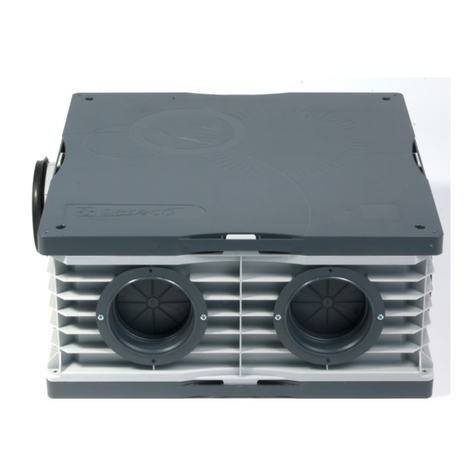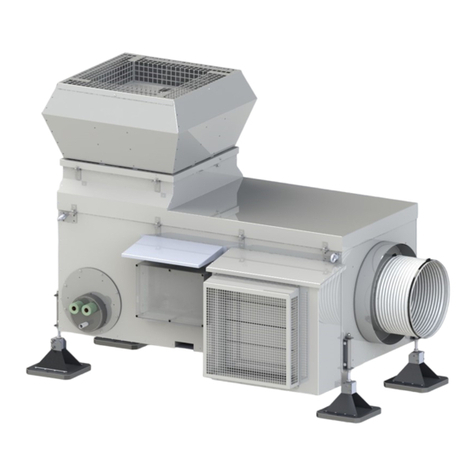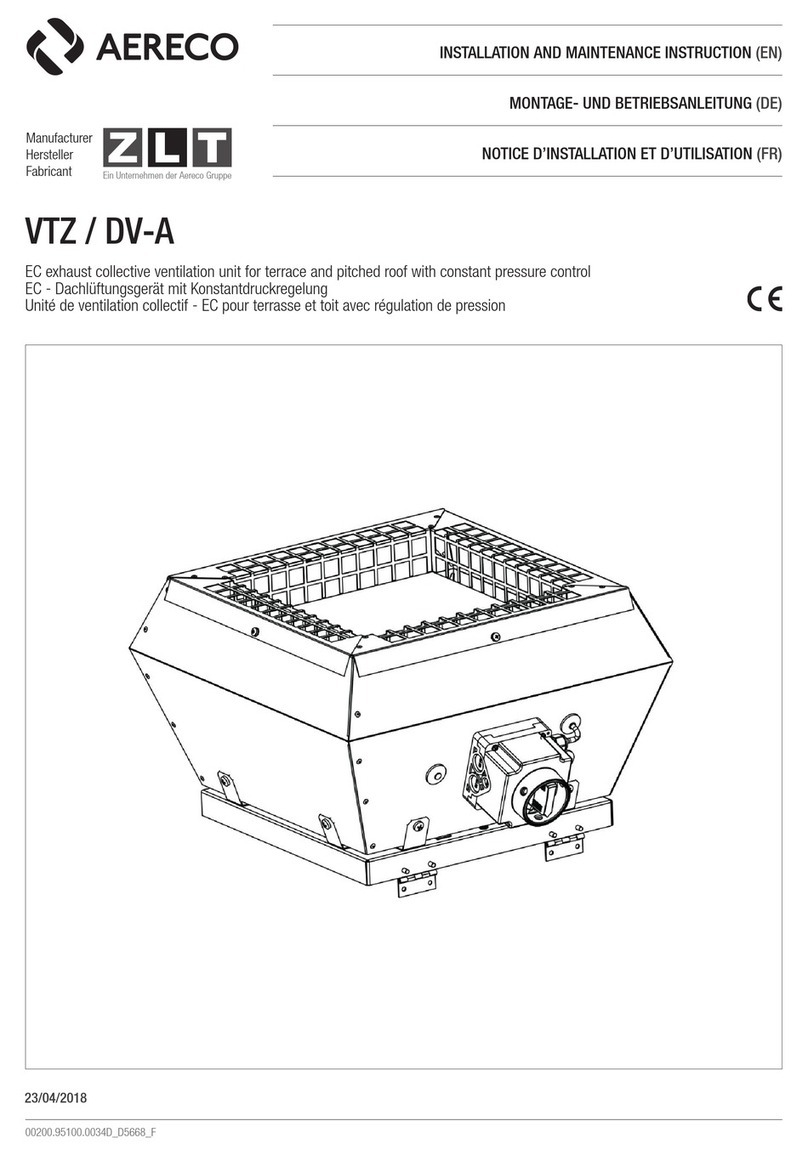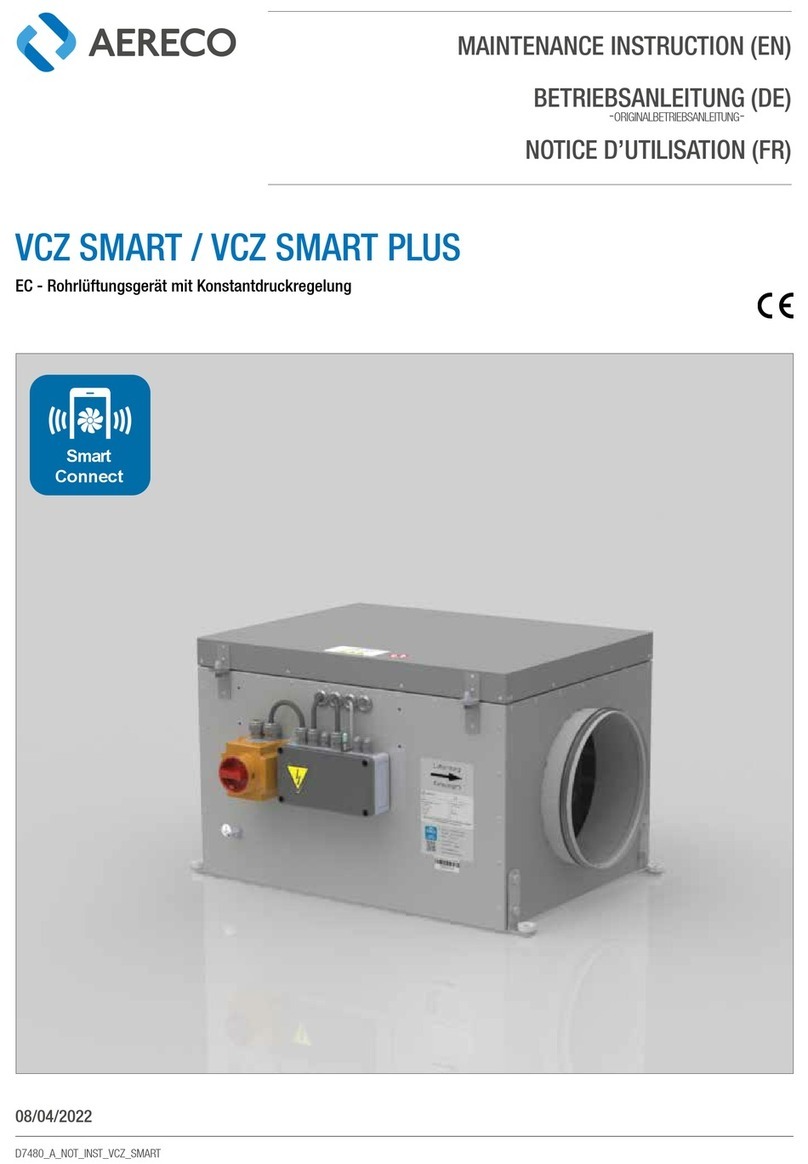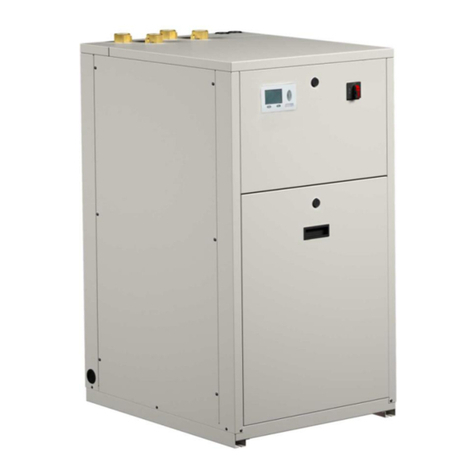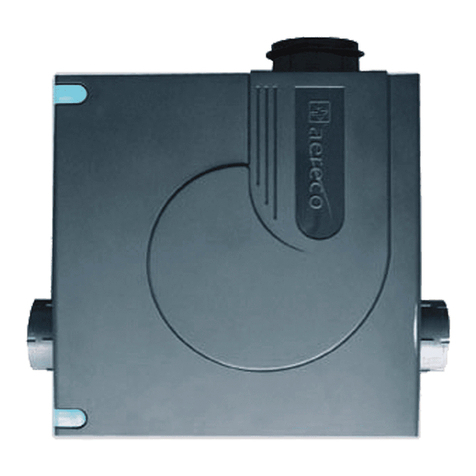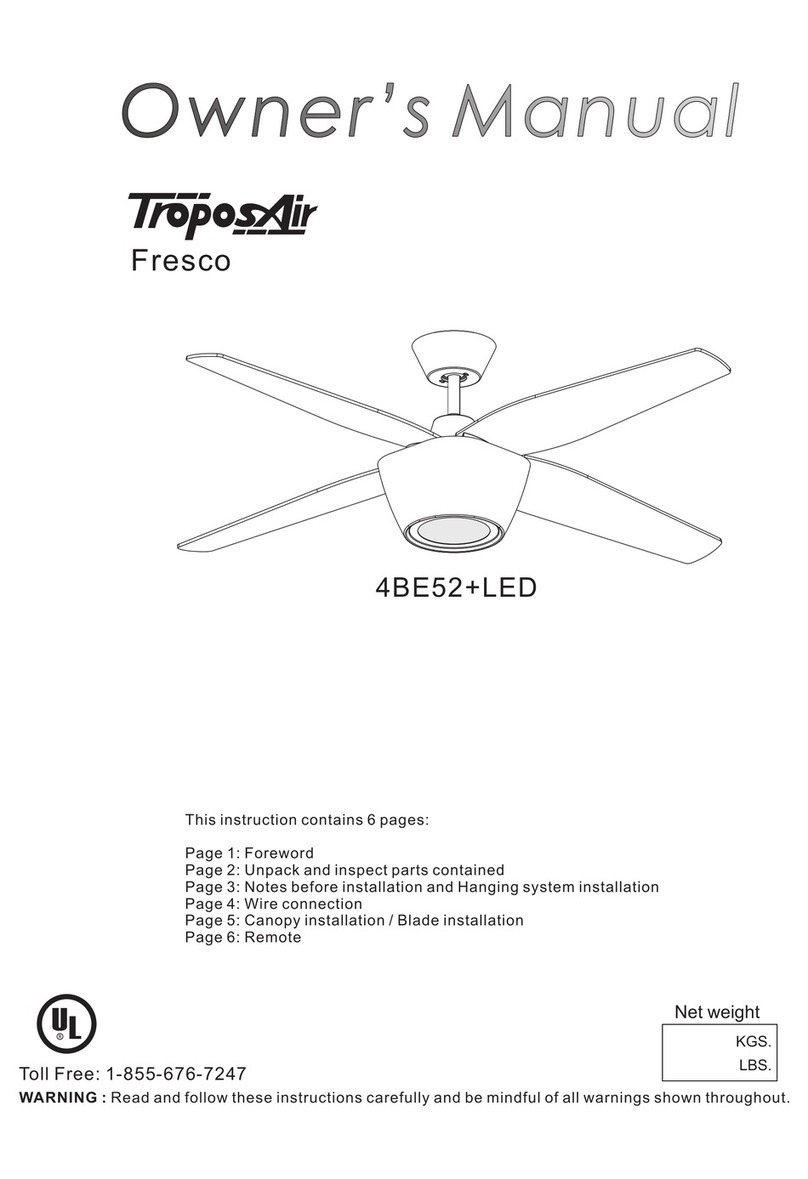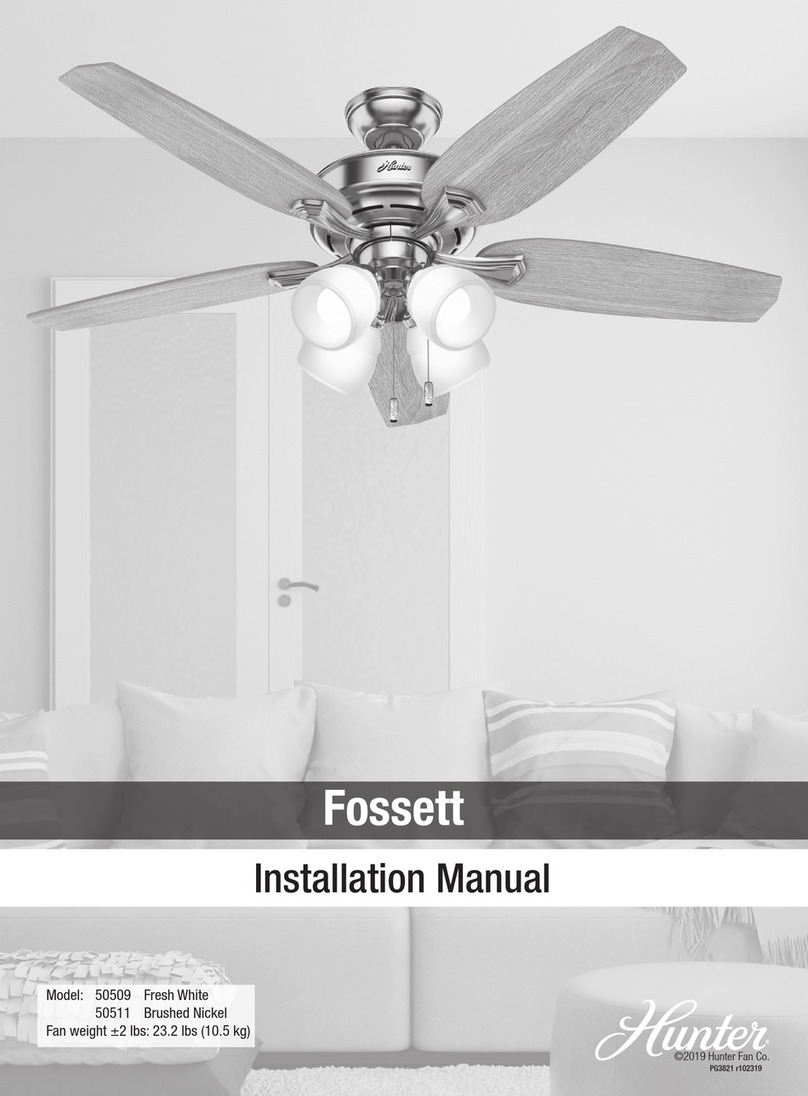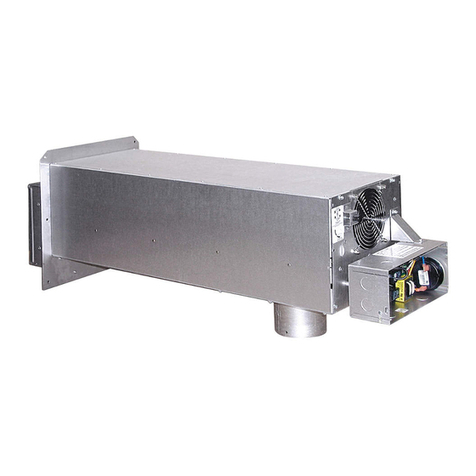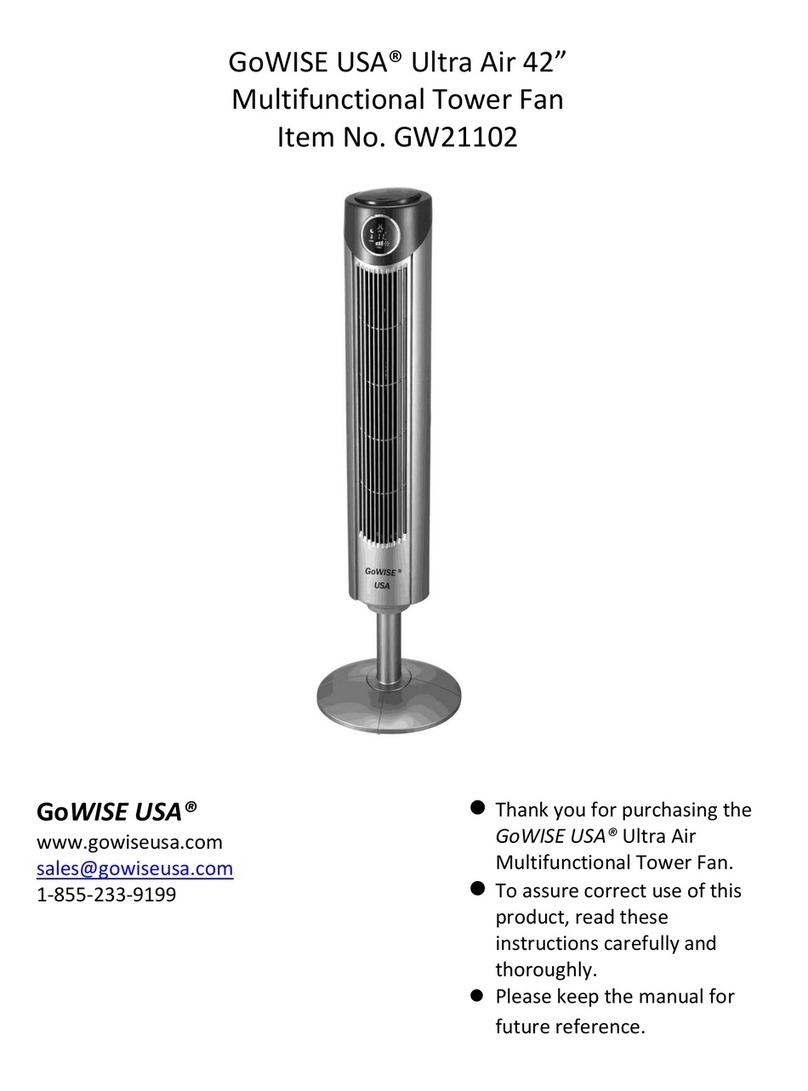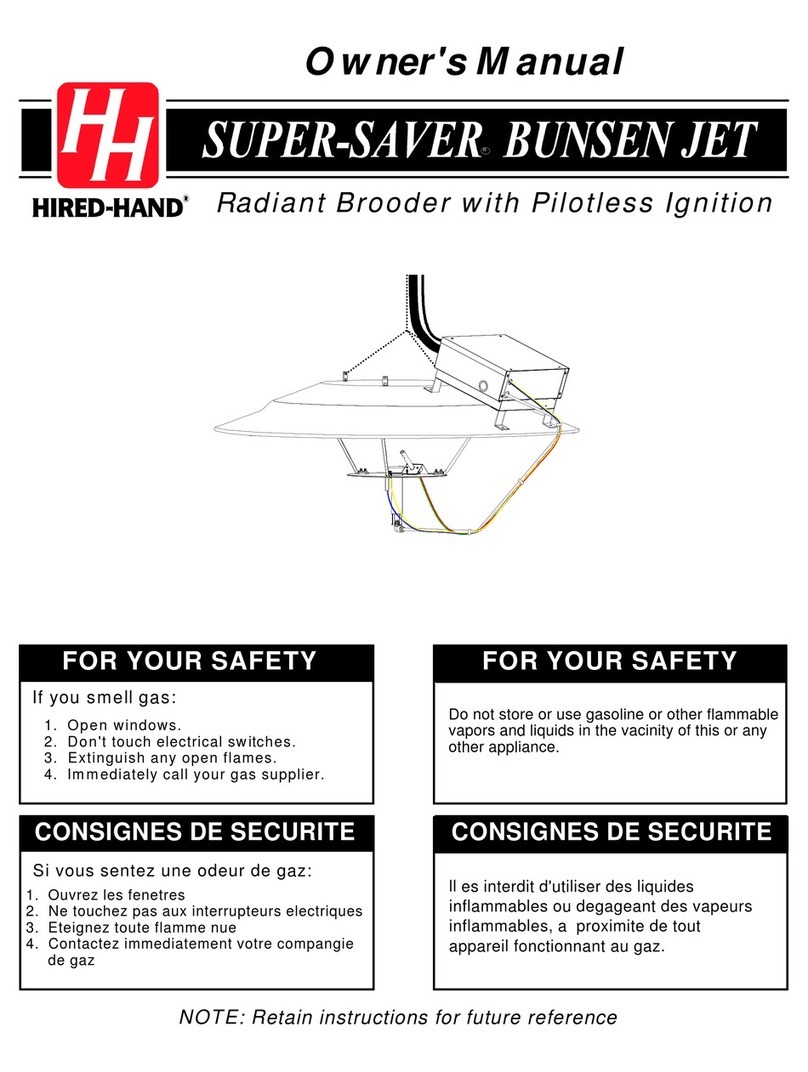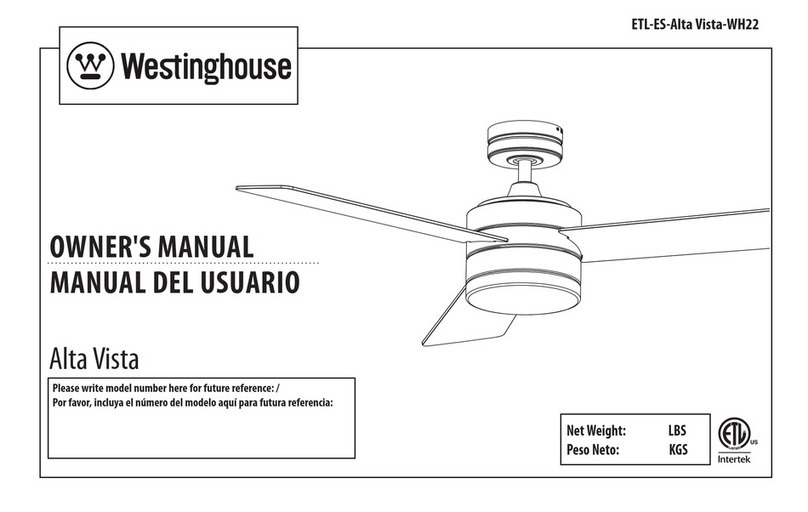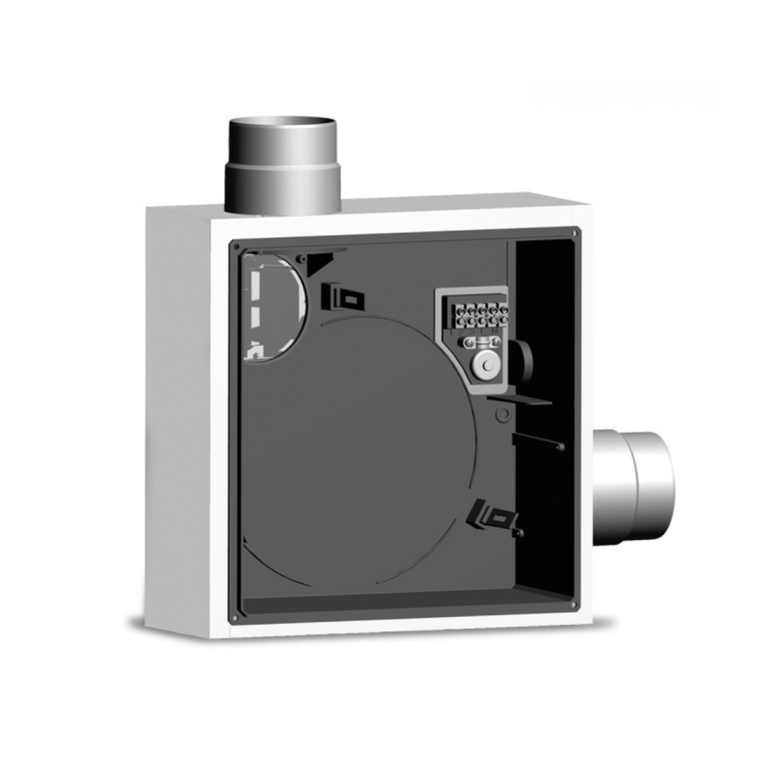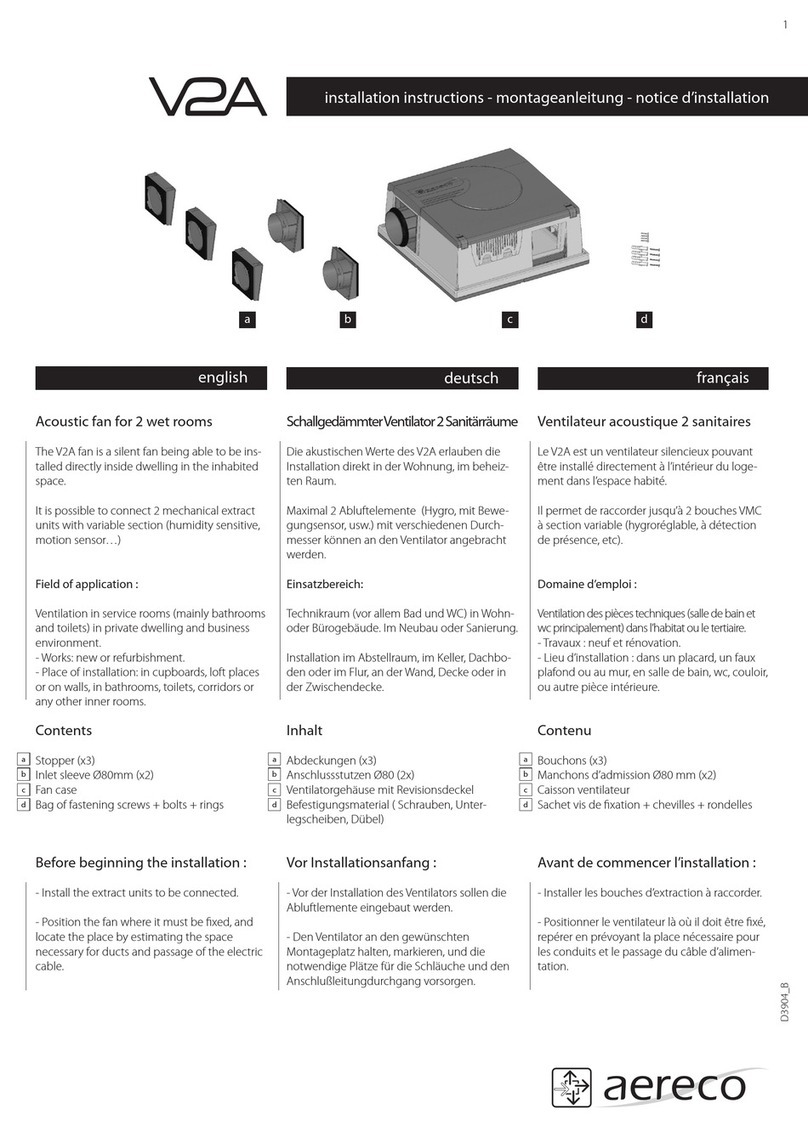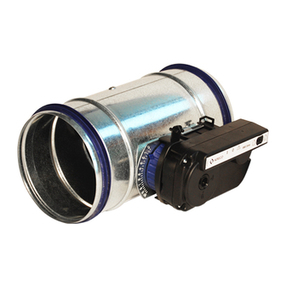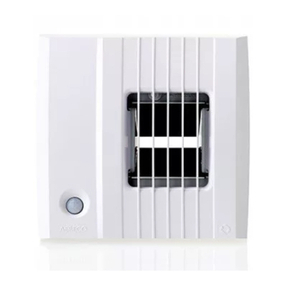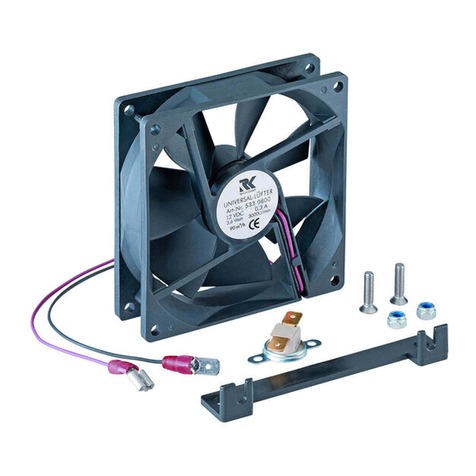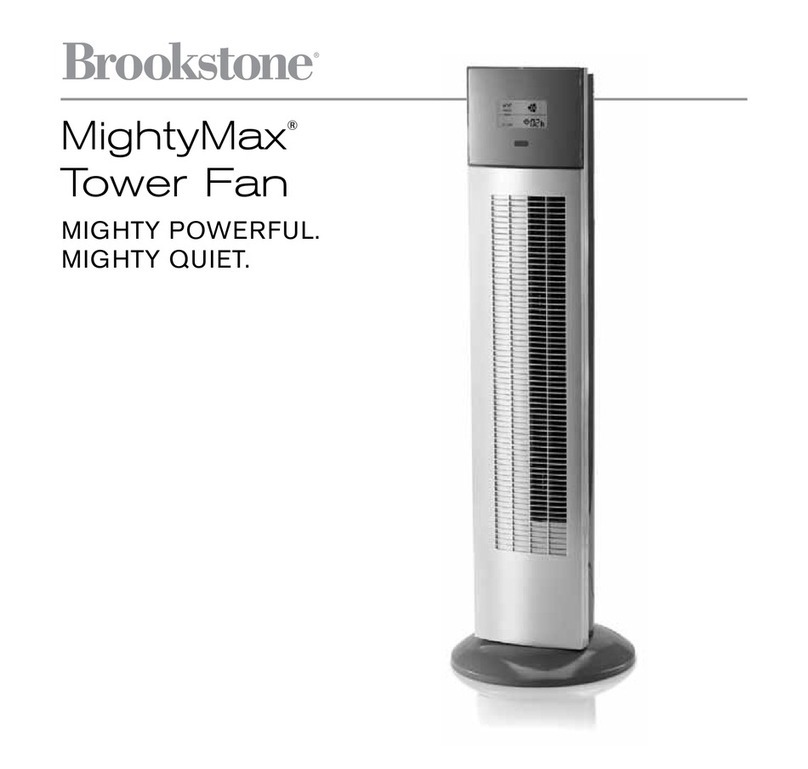
4 / 40
TF6401_E Aereco S.A.
The Heat Recovery Unit : DXA Unit
The DXA has been specifically designed for
wall or cupboards installation. Thanks to
its wellfitted dimensions, the DXA can be
installed in technical rooms, wallmounted.
A creamy white metal sheet covers the front
face of the the DXA which allows it to be
unnoticed as a technical equipment. The DXA
unit is compatible with two demand control
strategies used in the DX System “Premium”
and “Excellence”.
2. DESCRIPTION
2.1. GENERAL INFORMATION
The DX System is a range of smart heat recovery ventilation systems that continually supply pollen-free and dust-free preheated fresh air to living areas,
ensuring a comfortable feel-good climate.
The DXA is a heat recovery unit with demand-controlled airflows for vertical installation (on the wall) in the apartment or in the house, from 2to 5 main
rooms, and from 1 to 5 technical rooms (kitchen, bathroom, others wet rooms). The dwelling has to be limited to 2 floors (1 ground floor and 1 floor
maximum), and has a maximum surface of 210m². This HRVsystem can also be used in oces, hostels, etc., if the required airflow is in accordance
with the one oered by the system.
General working of the DX System, Excellence Version
The DX System is comprised of a heat recovery unit (DXA Unit 1 )
connected to exhaust and supply ductworks. The counter-flow heat
exchanger, integrated into the main unit, ensures the recovery and transfer
of most of the energy from the exhaust air to the supply air, thus limiting
the energy required to heat the fresh air.
Airflows are automatically controlled according to the needs of each
dwelling’s room (room-by-room DCV): Outdoor filtered air is supplied 3
in the bedrooms and in the living room. Stale air is extracted 6from the
kitchen, bathroom and WC. On the supply side, the dierent sensors 5
adjust the airflow room-by-room based on the CO2level or based on the
presence detection. On the exhaust side, the BXC units adjust automatically
the airflow, according to parameters read by various sensors: humidity
(used in the kitchen, in the bathroom and in WC), presence (can be used
in WC). Versions with switch, presence, remote, CO2or VOC sensors can
also be used for exhaust units.
At all times, total supply airflows and total exhaust airflows are measured
by the heat recovery unit. These airflows are balanced thanks to an
exhaust controlled compensation valve 8. This valve can be located
in the bathroom or in the kitchen. An additional compensation valve,
integrated in the DX Hub 2, adjusts supply compensation airflow,
supplying preheated 9fresh air in the living room, in the kitchen or in
a corridor. Compensation valves are linked to dedicated compensation
exhaust unit 7or dedicated compensation supply unit 4The use of an
exhaust compensation valve is also a solution to increase the airflows.
This scenario is used in order to get a very ecient over-ventilation mode,
also called free-cooling mode.
To reach the required supply airflows in each main room (bedrooms or
living room), dedicated dampers located in the DX Hub 2modulate
room by room supply airflows according to the information sent by each
electronic sensors placed in the main rooms. For example, when the main
rooms are occupied, the presence or CO2sensors that are located in these
rooms send the information to the system to adapt the airflow according
to the demand. To reach the required exhaust airflows in each technical
room (kitchen, bathroom, WC, ...), dampers located in the exhaust units
modulate room by room extract airflows according to the passive or active
sensor placed within each exhaust unit.
Supply airflows and exhaust airflows are measured by the use of accurate
pressure sensors placed in the heat recovery unit. This allows to calculate
with a high accuracy supply and exhaust airflows, without influence of
clogging filters or ductwork pressure drop. It ensures the highest eciency
for the system. So that, energy savings are at their maximum.
CO2 detection
Based on the level of CO2in the room, a
consequence of people occupancy, CO2 sensors
are a really good indicators to modulate the
supply airflows and allow reliable measurement
of the concentrations of CO2in a zone. The
analysis principle consists in measuring the
absorption of infrared light in order to determine
the concentration in a room. This method gives
a very accurate response and is not aected by
any other pollution (humidity, dust, etc.).
Presence detection
The presence sensors located in the main
rooms (at least 1 sensor in the main rooms)
send the information to the system (presence
detected or not) with a timer that depends on
the period through luminosity measurement
(day or night). This timer keeps the detection
at the maximum level during 20 or 45minutes
after the last detection, to optimize the quality
of detection. Timer day = 20 min ; Timer
night= 45min. When there is detection, the
local supply airflow is increased to ensure the
best air quality. If there is no detection, the local
supply airflow is reduced to optimize energy
savings.





















